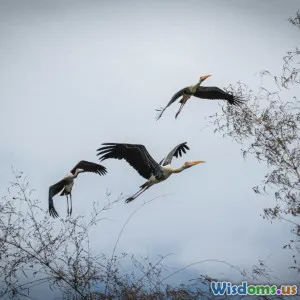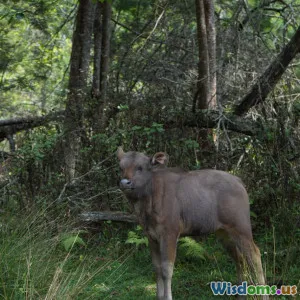
Lessons From Regenerative Ranches Balancing Wolves and Cattle
15 min read Discover how regenerative ranches successfully balance wolf conservation with sustainable cattle management, offering innovative lessons for coexistence and ecosystem health. (0 Reviews)
Lessons From Regenerative Ranches Balancing Wolves and Cattle
Landscapes teeming with grasses, herds of grazing cattle, and the solitary howl of a distant wolf paint a powerful image of the American West. Yet the relationship between wolves and ranchers has been fraught, with livestock losses often fueling deep antagonism. In contrast, a pioneering group of regenerative ranches is challenging the status quo—proving that it’s possible (and even beneficial) to share the land with large predators while raising healthy cattle. Their experiences defy convention, offering a living laboratory full of surprising lessons for land stewards worldwide.
Embracing Coexistence: A Shift From Conflict to Collaboration
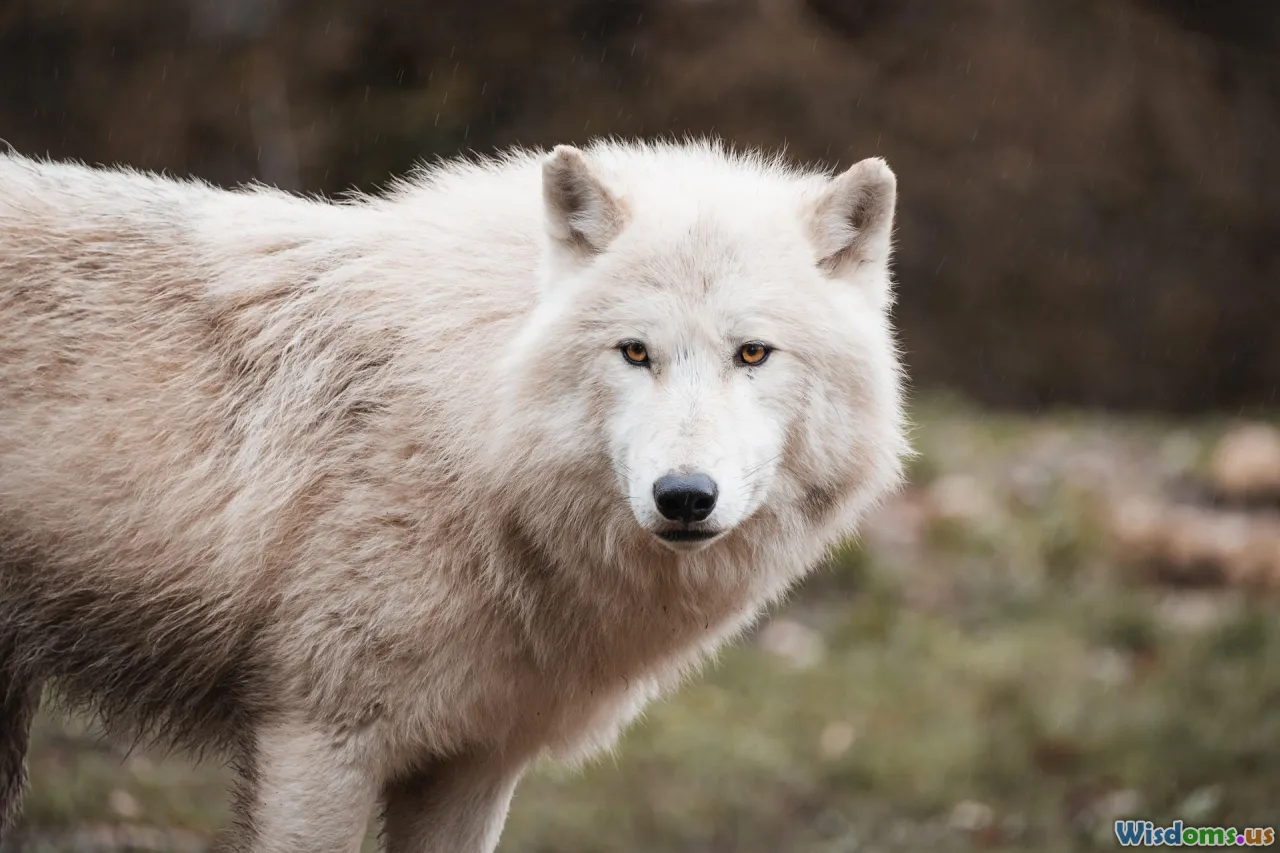
Traditionally, wolves have been vilified as threats to livestock, leading to decades of eradication campaigns. But regenerative ranchers, such as those in Montana’s Blackfoot Valley or New Mexico’s Ladder Ranch, are pioneering a fundamental mindset shift: treating wolves not merely as foes, but as integral players in healthy ecosystems.
For rancher Hilary Anderson of Montana’s Anderson Ranch, the turning point came with the realization that the presence of wolves catalyzed a cascade of ecological benefits. Rather than defaulting to lethal control, Anderson and others began to ask: What management changes would foster harmony? They started recording patterns: where wolves moved, how cattle behaved, when losses occurred. This proactive approach dissolved adversarial attitudes and fostered opportunities for herders and ecologists to collaborate.
A key lesson is that coexistence is possible when ranchers focus on landscape-scale solutions. For instance, in the Tom Miner Basin near Yellowstone National Park—a region famed for its thriving wolf and grizzly bear populations—ranchers coordinate grazing to minimize risk, rotate cattle away from wolf dens during sensitive periods, and revive time-honored practices of vigilance during calving season.
Insight: A shift from an 'us-versus-them' mentality toward shared stewardship creates the foundation for innovative—and successful—ranching strategies.
Holistic Range Management: Rethinking Grass, Grazing, and Predators
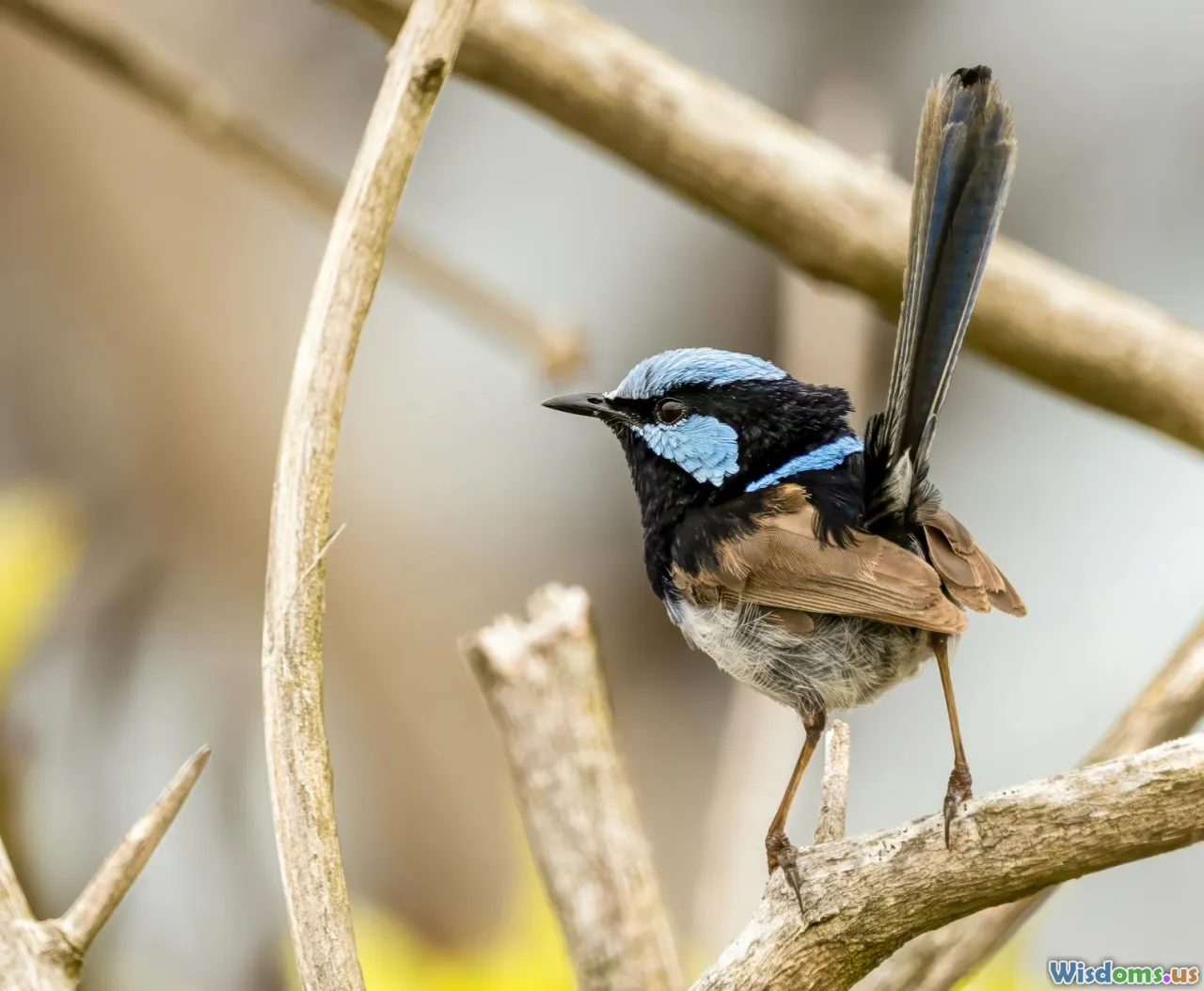
When wolves return, they introduce unpredictability into cattle behavior. Cattle move more frequently, remain vigilant in open pastures, and avoid lingering near forests or riparian areas—habitats where wolf ambushes are more likely. Initially, this mobility is a nuisance to ranchers, but regenerative ranches discovered an unexpected benefit: mobile herds more closely mimic wild grazers, preventing overgrazing of sensitive spots and promoting grassland rejuvenation.
At the J Bar L Ranch in Montana, ranch manager Julie Sullivan recounts how rotating grazing patterns in response to predator presence led to lush, resilient meadows. The more cattle moved, the more uniformly they ate, trampling down thatch and returning nutrients to the soil. In areas with wolf activity, invasive weeds became less problematic, native bunchgrass flourished, and erosion diminished. Biodiversity soared, attracting songbirds, butterflies, and pollinators.
Tip: Use predator presence as a feedback loop for adaptive management—adjust fencing, water placement, and herding times to enhance grassland health, not just avoid losses.
The Power of Nonlethal Deterrents: Tools That Tip the Balance

Instead of high-stakes confrontations, regenerative ranchers increasingly invest in nonlethal deterrents. These pragmatic tools—the fruits of research partnerships and field innovation—help ‘teach’ wolves that prey on livestock carries risk or is inaccessible.
Livestock Guardian Animals
Great Pyrenees and Anatolian Shepherds are being reintroduced as working partners, patrolling pastures and deterring predators.^1^ The conservation-minded Diamond 4D Ranch in Colorado saw depredations drop to near zero after reintegrating guardian dogs with their herds. Llamas and donkeys also feature as alternative guardians with surprisingly effective outcomes—a testament to creative adaptation.
Fladry and Visual Barriers
Fladry—brightly colored flag lines—installed around pastures disrupt wolf approach patterns and have dramatically reduced nighttime calf losses.^2^ While not a permanent fix, moving fladry lines ahead of wolf reproductive seasons buys time for young cattle to grow more hardy and difficult to prey upon.
Night Penning and Human Presence
Temporarily grouping calves in predator-proof corrals or near ranch buildings during vulnerable periods can reduce losses, as can boots-on-the-ground range riders. Ranches partnering with the Wood River Wolf Project in Idaho found that increased human presence made a measurable impact on wolf behavior—sometimes dramatically reducing encounters by simply varying check-in times and routes.^3^
Advice: Develop a ‘toolbox’ approach; no single deterrent suffices. By layering guardian animals, flexible paddocks, and visual/auditory cues, the odds of successful coexistence rise dramatically.
Economic Insights: Ranch Profitability and Predator Coexistence
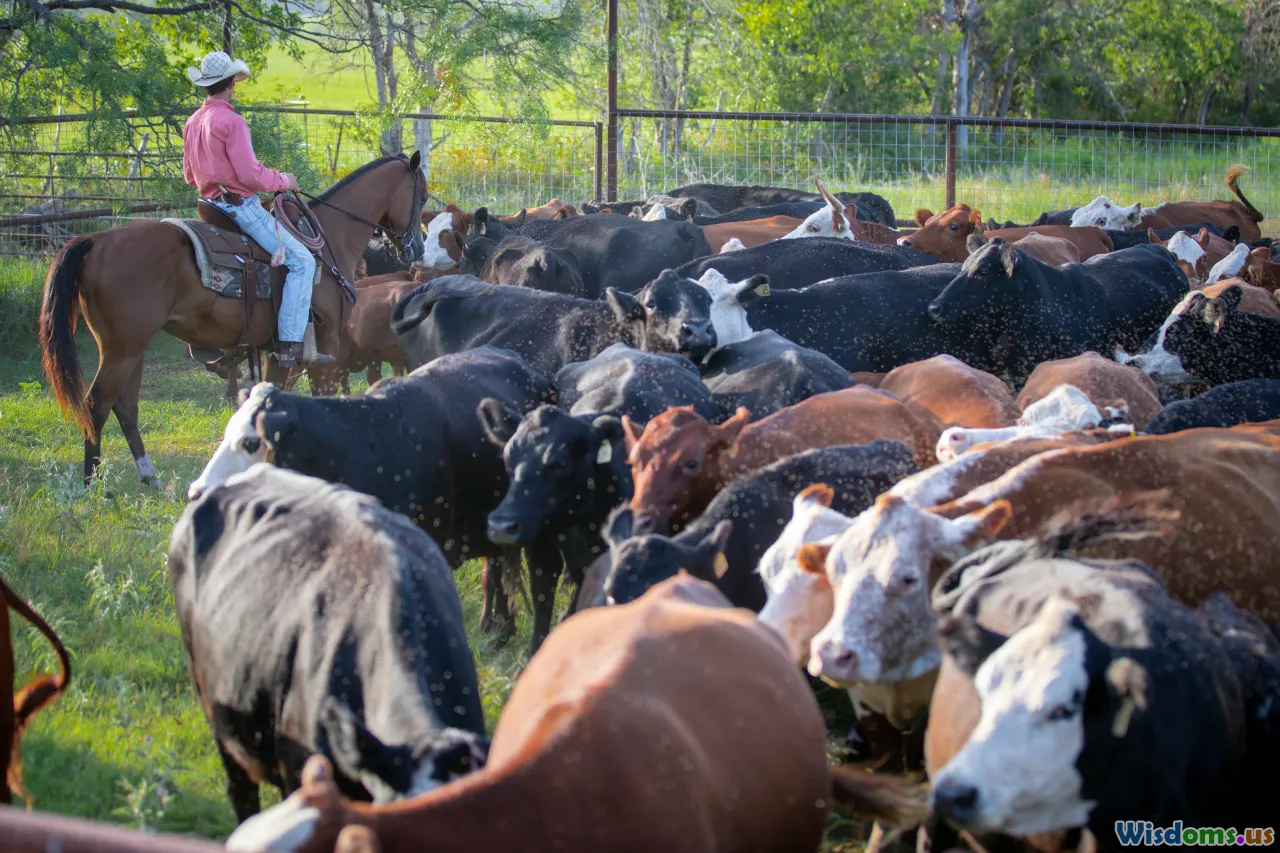
A recurring concern for ranchers is economic sustainability. Does coexistence impose intolerable costs? Regenerative practitioners report that, while challenges remain, there are often hidden financial upsides.
On California’s Paicines Ranch, owner Sallie Calhoun observed that focusing on soil health (supported by rotational grazing, not overstocking, and predator presence) led to increased pasture productivity and reduced input costs like fertilizer. While expenses for additional fencing and guardian animals exist, these are often offset by improved calf health, fewer veterinary interventions, and, crucially, growing consumer interest in predator-friendly beef.
Premium meat programs—such as Wild Sky Beef, marketed by the American Prairie Reserve—compensate ranchers for demonstrated coexistence, giving them a financial stake in healthy predator populations. Research from the Defenders of Wildlife found that ranchers participating in incentive programs reported average annual net income increases of 10-15%, even after accounting for decreased direct government compensation for depredation losses.^4^
Comparison: Coexistence can require modest up-front investments but opens diversified markets and can foster resilience that conventional operations may lack.
Social and Cultural Innovations: Building Community Tolerance for Wolves

The move from eradication to regeneration hinges on community buy-in, not just innovative ranch management. Thanks to collaborative pilot projects, peer-led trainings, and storytelling, cultural attitudes are shifting.
Take the Blackfoot Challenge in Montana: ranchers, hunters, tribal elders, wildlife managers, and scientists share a seat at the table, discussing concerns and brainstorming creative responses to emerging challenges. Open forums and shared data foster trust—helping the community collectively adapt, whether that involves setting up an emergency rapid-response fund for livestock losses or refining education in local schools.
Parents invite conservationists to talk with local 4-H clubs about the ecosystem role of predators. Youth field days in the Big Hole Valley expose the next generation to real-world ranch management, tracking, and nonlethal intervention skills. Such programs help “roughed up” wolves—troubled by confrontations with guardian animals—find productive habitats away from conflict zones, benefiting ranchers and predators alike.
Actionable Advice: Spread resilience beyond the ranch gate. Structured dialogue, youth education, and support for local leadership drive broad-based coexistence.
Scientific Evidence: Quantifiable Ecological Benefits of Top Predators

Regenerative ranch experiences are bolstered by compelling science. Landmark studies from Yellowstone indicate that returning wolves rebalanced overbrowsed valleys, reduced elk overpopulations, and enabled willow and aspen restoration, which in turn improved beaver and songbird health.^5^ Similar dynamics—on a smaller scale—unfold where well-managed ranches allow wolves to thrive.
A collaborative project between Oregon State University and eastern Oregon ranches found that cattle spend less time congested in riparian zones, leading to measurable increases in water quality and pollinator populations. Incidental wildlife sightings (foxes, badgers, waterfowl) increased by as much as 300% in just five years of wolf-cattle coexistence and managed grazing.^6^ Ranches report more robust grasses and increased soil carbon sequestration—critical for drought resilience.
How-To: Use monitoring and camera traps to document wildlife, vegetation, and water trends—turning knowledge into adaptive management.
Challenges and Ongoing Risks: Transparent Conversations
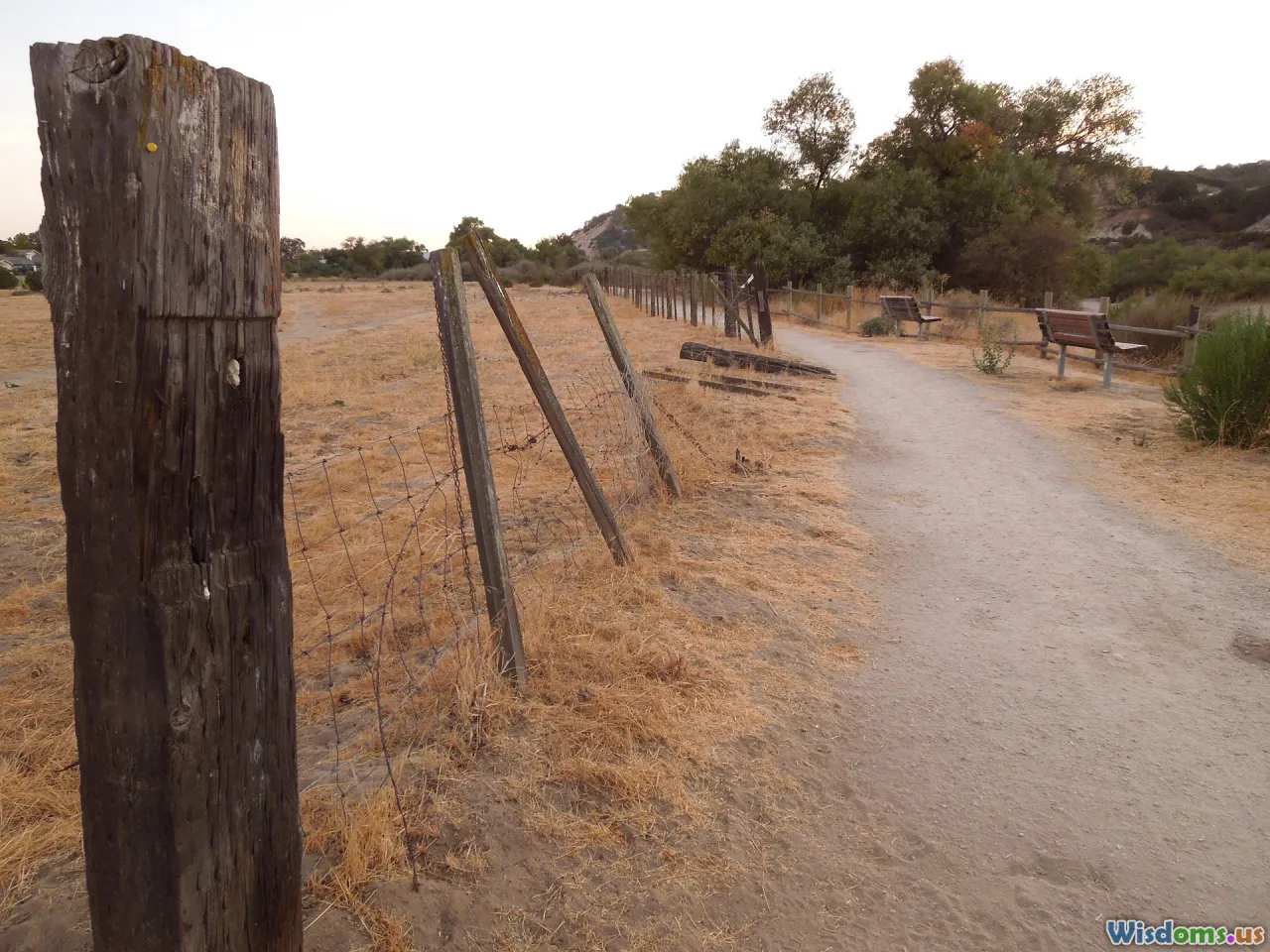
No system is foolproof. Even top-tier operations occasionally lose livestock, especially during wolf population surges or abnormal weather that puts calves or lambs at risk. These events—while painful—don’t always cascade into negative attitudes, thanks to community support systems and insurance buffers.
Some ranchers, particularly in areas with fragmented public-private land tenure, continue to struggle with regulatory uncertainties and neighbor relations. Ranchers in Washington’s Wolf Country report frustration with state-led management, citing bureaucratic delays and inconsistent application of nonlethal technique funding. Failed communication can erode trust and lead to setbacks in predator recovery or rancher buy-in.
Adapting to existential changes, such as the increasing severity of drought and wildfires, require multi-level cooperation, from private ranchers to public policy. Forums like the Western Landowners Alliance serve as critical nodes for experience-sharing and rapid dissemination of successful strategies, helping ranchers navigate an evolving landscape.
Tip: Build flexibility into plans, discuss risks openly, and advocate for policies that support locally tailored decisions over cookie-cutter mandates.
Takeaway Strategies for a New Generation of Land Stewards

As regenerative ranches balance wolves and cattle, their lessons transcend regional boundaries. The blend of traditional wisdom and contemporary science underpins a new land ethic—one that charts a path toward vibrant ranches and resilient wildlands.
Key takeaways for aspiring land stewards:
- See wolves not as harbingers of destruction, but as vital cogs in a balanced, productive landscape.
- Walk the land, observe your herd, and work with neighbors and scientists rather than in isolation.
- Diversify strategies—use guardian animals, innovative fencing, adaptive grazing, and market incentives in concert.
- Amplify local voices and mentor the next generation in coexistence. Youth engagement cultivates healthy skepticism and an openness to experimentation.
Regenerative ranchers are forging a playbook that strengthens land, livestock, and local futures. In fields where wolf tracks intersect with cattle trails, hope and ingenuity can—and do—redefine the boundaries of what’s possible on working lands.
^1^ Gehring, T. M., et al. (2010). Livestock protection dogs and wolves in the Northern Rocky Mountains of the United States. Wildlife Society Bulletin, 34(5), 1-6.
^2^ Musiani, M., et al. (2003). Wolf depredation trends and the use of fladry in Western North America. Biological Conservation, 113, 491–497.
^3^ Stone, S. A., et al. (2017). Livestock and wolves: A review of nonlethal tools to reduce wolf-livestock conflict. Frontiers in Ecology and the Environment, 15(7), 329-338.
^4^ Defenders of Wildlife. (2020). Predator-friendly ranching economics: Market and incentive case studies.
^5^ Ripple, W. J., & Beschta, R. L. (2012). Trophic cascades in Yellowstone: The first fifteen years after wolf reintroduction. Biological Conservation, 145(1), 205-213.
^6^ Oregon State University Extension Service. (2023). Wolves, cattle, and grassland health: Five-year project report.
Rate the Post
User Reviews
Other posts in Wildlife Conservation
Popular Posts














